When I read a collection of personal correspondence, I sometimes take for granted that I’m reading someone else’s mail. Maybe it’s because I know most of the people in those letters have passed on. Or maybe subconsciously, I tell myself that placing them into a shoebox for 75 years makes them less like someone else’s mail and more like research material that simply exists to further complete the historical record of World War II. Whatever the case maybe, every once in a while, I come across a collection of correspondence that totally absorbs me and I’m reminded that I really am reading someone else’s mail.
Slowly, their names begin to take on personalities, lives come into focus, and stories unfold that feel more like current events rather than history. These are letters that make you feel like you’ve dropped in on lives in progress. Some of the letters make you smile while you’re reading them, and then there are others that just make you want to hug your wife and kids a little tighter when you get home at night.
Those are the kinds of letters Virginia Toohey saved. Most of them are from her husband, PFC Raymond Toohey, who affectionately signed all of his letters, “Love Ray and Daddy.” Others are from Ray’s friends and brother. Some are from the War Department; typed form letters that all close with, “My deepest sympathies." The correspondence is all one-sided, so we really can only imagine Virginia’s thoughts, or what her letters to Ray must have been like.
Virginia’s old letters offer a candid look into the lives of everyday, ordinary Americans living during terribly difficult times. When I read them, I share in their hopes and dreams, grieve in their loss, and I’m completely awestruck by their courage. Not the kind that’s measured in medals, but the quiet kind of courage it takes to watch your husband go off to war, or to leave your wife and children behind to go fight. The type of courage it takes to sit down and write a letter to your buddy’s widow so she knows what really happened to her husband. Their family’s story begs to be told.
When Pearl Harbor was attacked on December 7, 1941, Virginia and Ray lived in Long Beach, California. Ray was working as a ship-fitter and Virginia was home taking care of their baby, with another on the way. Ray’s shipyard job was good money, and it was classified as essential to the war effort, so for the time being it kept him out of the army. It’s not to say that the Toohey’s were unpatriotic; they were no different than any American family at that time. No one wanted to see their father, sons, or brothers go off to war. Virginia was hopeful that Ray would be able to do his part for the war effort at the shipyard.
Millions volunteered, but not nearly enough to field a military large enough to defeat Nazi Germany and Imperial Japan, so the draft was expanded to include men ages 18-45. Ten million would be conscripted into service before it was over. Women were entering the workforce to free up more manpower for the military and the draft board began scrutinizing the merits of the dependency hardship deferments that excused many young fathers like Ray from military service.
By December 1943, Ray’s job could be filled by a woman and his dependent deferments had been eliminated, it was just a matter of time before he was called up. In June 1944, Ray received his induction notice from the Los Angeles County Draft Board and two weeks later he was in the army. If life wasn’t hard enough already with Ray gone, Virginia and the boys had to make do with less money, a lot less. In the army, Ray earned just about half of his ship-fitter’s salary. In adjusted 2018 dollars, Ray’s army salary, including compensation for dependents, was about $25,000 per year.
Ray completed infantry basic training at Camp Howze, Texas in January 1945. In spite of the difficulty and great expense of civilian travel in war time America, Virginia made the trip out for Ray’s graduation; she didn’t want to miss her last chance to see Ray before he shipped out to Europe. On January 27, 1945, Ray’s graduation day, the War Department was busy tabulating casualty figures in Europe for the month. January 1945 was the bloodiest month of the war to date; 70,568 G.I.s were killed or wounded. After a short furlough with Virginia, Ray was on his way to the most dangerous place in the world.
Ray was shipping out from the port of New York City. His last day in the States was spent scouring Manhattan for a birthday gift for his youngest son, Billy. He looked everywhere but returned to his billet dejected and empty handed, after all it was a Sunday and all the shops were closed.
When Ray arrived in Europe, he was filtered through a replacement system that can only be described as cold and cruel. Soldiers who trained together in the States were assigned piecemeal to battered combat units in need of personnel, the same way you would order replacement parts for a broken piece of equipment. The system was designed to keep combat units on the line and the brass didn’t take into account or care that it split up buddies. In 1945, many replacements arrived at the front feeling alone and friendless because they were going into combat with complete strangers.
Luckily for Ray, he wasn’t sent downrange alone. He and a buddy from Camp Howze, TX, named Homer Warren were assigned to the same rifle squad in the 9th Infantry Division. In fact, they were literally attached together at the hip as Ray was designated squad automatic rifleman and Homer his assistant. Ray had to lug around the 18-pound Browning Automatic Rifle, or B-A-R as the G.I.s called it, and Homer helped with the ammo. It was a heavy load for Ray’s wiry frame and a lot of responsibility, the B-A-R gunner packed a large portion of the squad’s firepower. One big downside to the job was that the Germans absolutely hated the B-A-R. Firing the weapon in combat was like painting a bull’s eye on your helmet.
Ray and Homer settled into their new unit pretty quickly, 1st Platoon, Company L, 60th Infantry Regiment. Unofficially, 1st Platoon was known as “Eleanor’s Fusiliers.” As a goof, a couple of guys wrote the First Lady for permission to use the name. Eleanor Roosevelt actually wrote back with an agreeable reply, and even went so far to say, “she was honored.” As the guys read the First Lady’s letter aloud, everyone in the platoon was in absolute stitches. It clearly was a joke to the men, but the name stuck.
Back home in Long Beach, Virginia received a steady stream of correspondence from Ray. He tried to write every day. The letters he wrote were mostly about the weather, the current chow situation, or how he saw something that day that reminded him of how much he missed her and the boys. Ray reported from the front that the weather was always pleasant, there was plenty of good chow, and that German children loved gum and candy, just like little American boys and girls. If Ray was having a bad day, he certainly didn’t write Virginia and tell her about it. There’s no question about it though, an infantryman fighting in Germany in March 1945 surely would have had some bad days.
The only thing in Ray’s day-to-day life he really complained about in his letters was how slow the mail was. He told Virginia about losing his pack too. It’s obvious he was feeling pretty low that day; not because all of his dry socks were gone, but stashed away in the pack, were all of Virginia’s letters and the hand-made Valentines from his little boys. Other than that, Ray wasn’t much on complaining.
The mail was slow; Ray’s letters kept coming even after the telegram: the notification from the War Department informing Virginia that Ray had been killed in action came on May 2, 1945. If she was holding on to hope that the telegram was a mistake, Virginia’s worst fears were confirmed by the official War Department letter that arrived two days later. The letter was vague; there were no details to speak of, no answers to all the questions racing through her head.
A few weeks later, Virginia received a piece of mail from Homer Warren. In a letter dated May 29th, Homer explained who he was and reminded her that they met during Ray’s furlough at Camp Howze, TX. He further explained that he was with Ray when he was hit, and about the promise they made beforehand that if anything happened, the survivor would make sure the other’s wedding band was returned. Also, if she really needed to know how it happened, he was willing to tell her everything.
Virginia needed to know. She wrote back immediately. When Homer received her letter, he likewise, responded immediately. It still took over a month before Virginia had his letter in hand though. The envelope is thick; Homer’s letter to Virginia is nine pages long.
It was about 4am on April 19th when L Company moved out to capture the next town up the road. The company marched for about five miles and then halted about a mile outside of Fredrichsbrunn, Germany. A resort and spa town before the war, Fredrichsbrunn’s facilities were now in use as military hospitals. Ray and Homer were part of an 18-man element that was sent out ahead to protect the company’s right flank. They moved through the woods and up to the edge of town. At about 7am, Ray and Homer took up a good position near the edge of the woods; between them and the town was about 500 yards of freshly plowed field. The plan was to sit tight and wait for armor support and the rest of L Company to arrive.
Around noon, they heard L Company make contact with the enemy, and it sounded like they were still pretty far away. It wasn’t long before a German squad was sent out from the town to investigate the gunfire. Ray, Homer, and the rest of squad held their fire as long as they could. They hoped the Germans would go around their position but it looked like they were going to walk right through it. When the lead German was 50 yards away, Ray and Homer’s squad opened up and quickly killed them all.
At that point, their position was compromised and every gun in town started firing on them. According to Homer, the Germans had tanks, half-tracks, armored cars, and what seemed like a thousand machine guns. The woods around them were full of flying lead, but they were taking a toll on the Germans. The firing slacked up for a bit and it got quiet. At that point Homer and Ray realized they were in trouble, both squad leaders were dead and another boy was shot through the right lung. They didn’t have medics, and they had no way to get the wounded back to the company.
At about 1:15pm, the Germans continued their advance across the field, one of them found cover in a hole that Homer and Ray hadn’t noticed before the firefight. The German soldier in the hole had a clear line of sight on Homer and Ray. Homer didn’t even know he was there until the German shot at him, Ray never knew what hit him.
Homer heard the crack of the German bullet as it passed him and slammed into the side of Ray’s head. Homer pulled Ray to cover and tried to stop the bleeding. He stopped the flow of blood but the massive internal injuries were another matter. Ray continued to breathe for another 10 minutes, and then he was gone.
When the tanks and the rest of L Company arrived, the Germans in the hole surrendered. Homer was put in charge of what remained of the squad. In his first act as squad leader, Homer marched the German soldier from the hole over to Ray’s body, then leveled his weapon at the German and pulled the trigger at point blank range.
Homer took the wedding ring from the dog tag chain Ray wore around his neck. He told Virginia that he had the shakes for a week after killing the German, and that aside from a few patrols afterwards, Friedrichsbrunn was the last firefight of the war for L Company.
He also told Virginia some things she already knew. He told her how much the boys in the squad liked Ray, and how Ray loved to show them the Valentines Michael and Billy made for him. Yeah, Ray really loved talking about those two little boys of his.
Larry Decuers
Larry Decuers is a former Curator at The National WWII Museum and veteran of the US Army's 101st Airborne Division.
Cite this article:
MLA Citation:
APA Citation:
Chicago Style Citation:
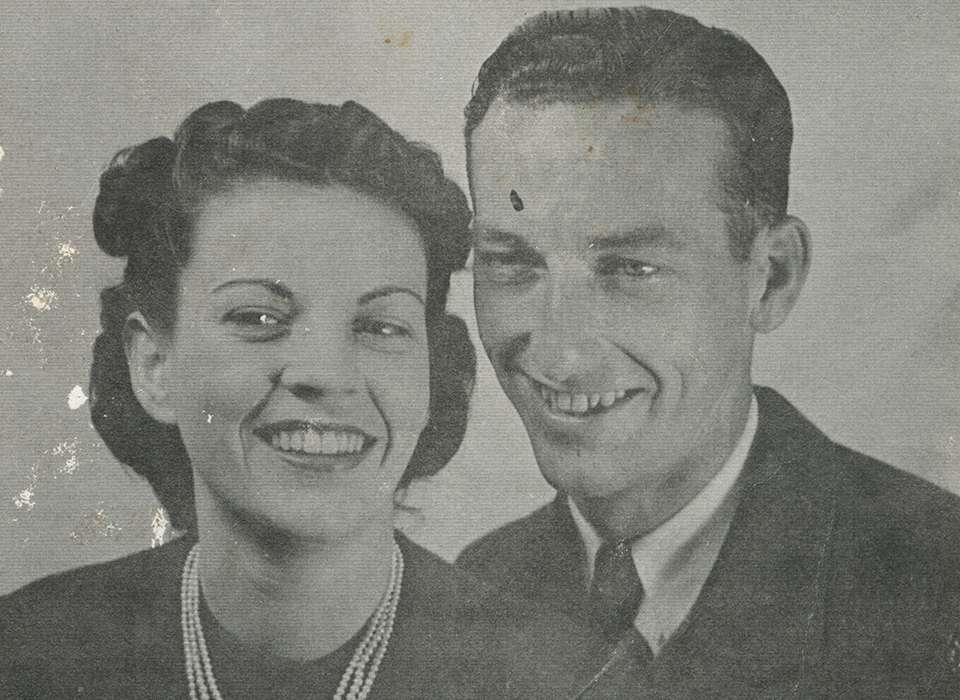
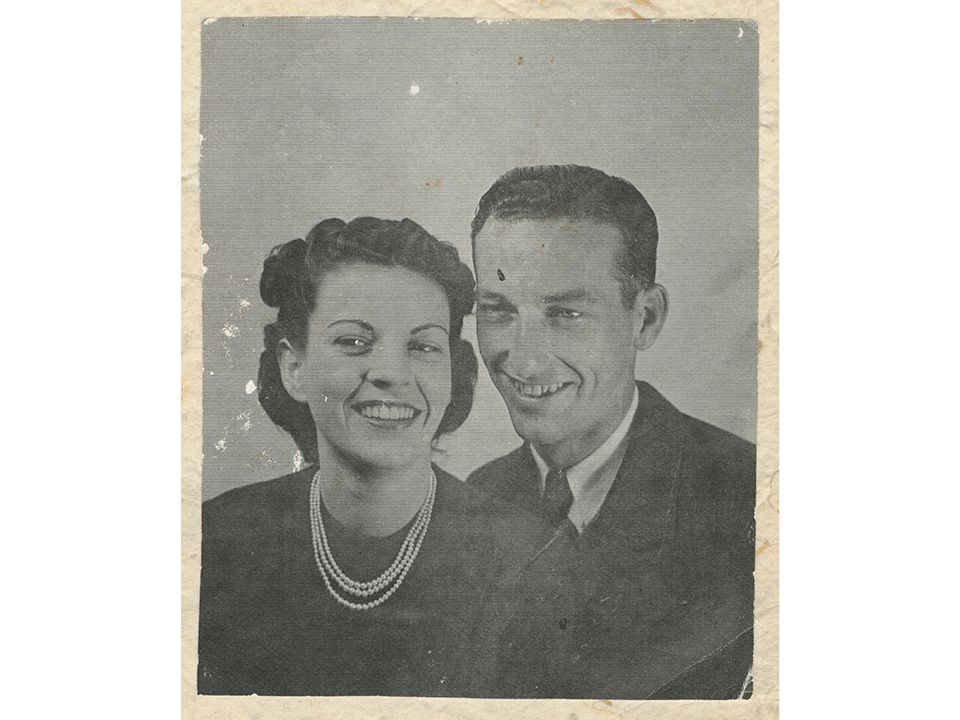
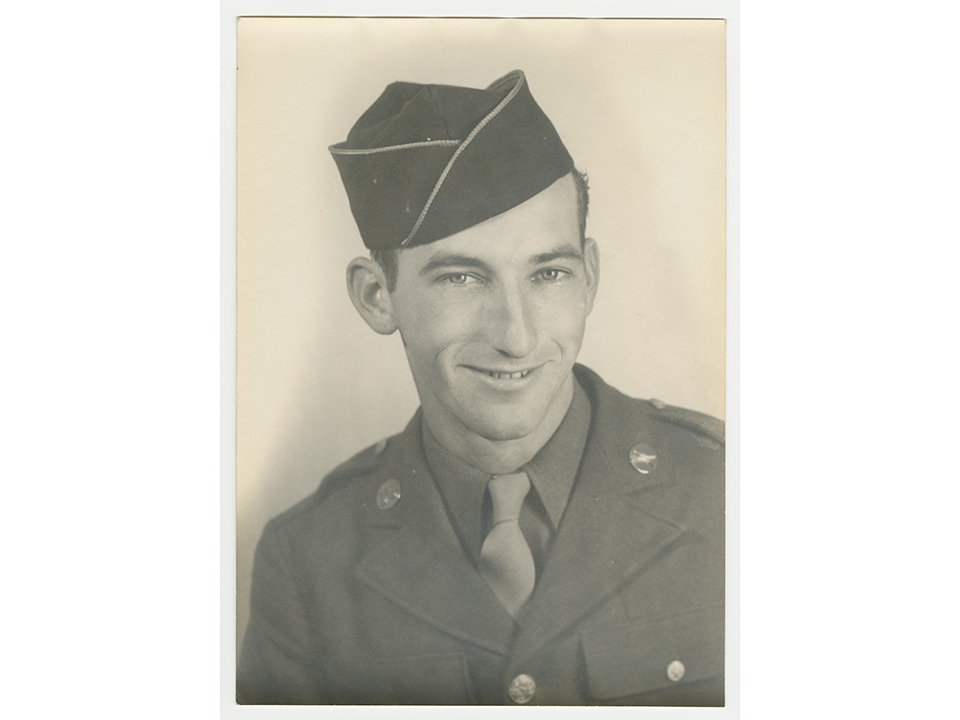
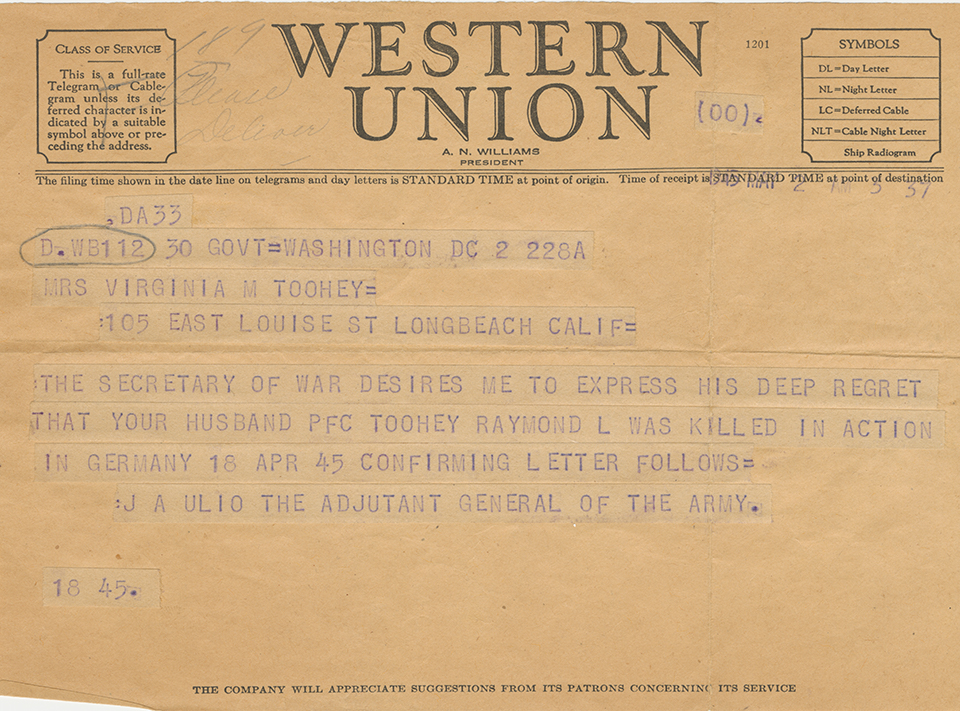
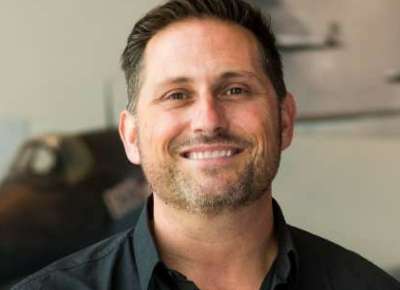
![Max Fuchs, New York City cantor, sings as Rabbi Sydney [sic] Lefkowitz, Richmond, VA, conducts the first Jewish services from Germany.](/sites/default/files/styles/max_650x650/public/2025-10/image1.jpg)






